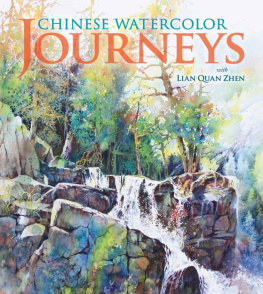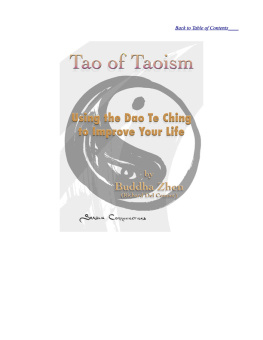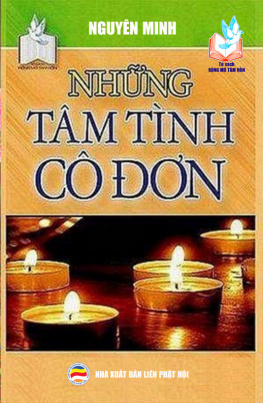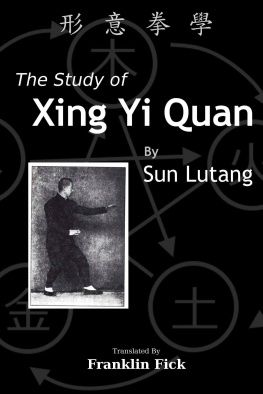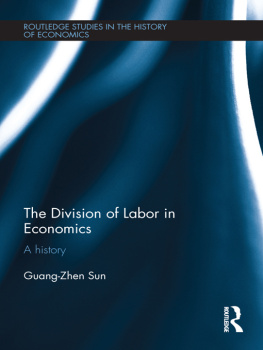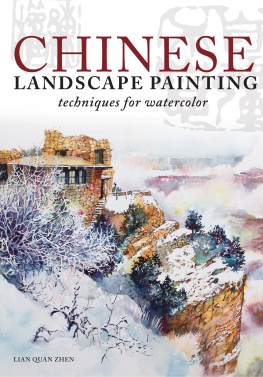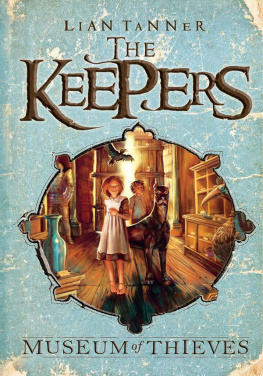CHINESE WATERCOLOR
JOURNEYS
with
LIAN QUAN ZHEN

CINCINNATI, OHIO
www.artistsnetwork.com
CONTENTS
INTRODUCTION
I humbly present to you my Chinese and watercolor paintings done over the past three decades. Most of the watercolor paintings use only three primary colors, whereas the Chinese paintings manipulate Chinese painting materials. My main techniques for watercolor painting are color pouring and blending and paint around. For Chinese painting, I combine traditional methods with Western painting techniques and theories. My work integrates and blends Eastern and Western arts. I take the best from both and bring them together in my style. In each chapter of this book, I share painting techniques, tips and stories. I hope you enjoy them.
THE ARTISTS STORY
My art journey started when I was about ten years old and living in China. I was born and raised in a farming family. I liked to use broken tiles to draw on concrete floors and in the dirt. In the seventh grade, I had a classmate who did very good drawings in pencil. His sketches attracted me so much that I wanted to draw as well as he did. I spent a lot of time drawing instead of playing with the neighborhood kids because I had more fun creating art.
During high school, I met my friend Hung Ching Yu, who is also a fan of drawing and sketching. We had to walk about six miles to the school every week. Frequently we stopped and sketched on the way. We competed with each other to see who could create more freehand drawings. During my high school years, I taught myself Chinese painting from a book called The Mustard Seed Garden Manual of Painting, a very good manual for beginners to use to teach themselves how to paint.
I was born in a farming village, and according to the governments rules I was expected to be a peasant after high school. Back then, artists in China worked for the government in cities, and they enjoyed good reputations as well as comfortable lives. A young farmer living next to my village was selected to study art; later he worked as a designer in the city because he learned how to paint well. He became my role model for escaping the undesired future. Therefore, painting to me was not only for fun but also a great opportunity. My ambition was to become one of those artists.
I tried different mediums like oil, tempera and watercolor. I did not like the smell of the oil paints, and they were too expensive. Tempera was not as free as Chinese painting. Watercolor materials in China were primitive, and thus it was hard to get good results. Consequently I created Chinese paintings most of the time, especially in the spontaneous style.
In the late 1970s, after the Cultural Revolution, colleges reopened, and high school graduates like me could take national exams for higher education. Once they were accepted into colleges, they were guaranteed a bright future. I was lucky to be one of them, but I was selected to study medicine instead of fine art. Because of the many tough times, I learned to grab any opportunity, even when it wasnt my true desire. Thus I was happy to attend medical school.
Painting became my hobby and way to relax during the busy college years. I was known as an artist among students and teachers. Interestingly I sold my first painting one weekend when I put up several pieces of my art at the Imperial Ancestral Temple in the city. A couple of my classmates and I had fun, and we spent the money from the sale to treat ourselves to a good meal.
I graduated from medical college and spent most of my leisure time painting. In 1985, I followed my family to immigrate to the United States. I was able to attend English as a Second Language classes and learn English. I started taking courses at the City College of San Francisco. I first tried radiology because the major was related to the medical field, but a colleague showed me the architecture department, and the drawings posted on the walls attracted me so much that I switched my major.
While studying architecture, I took a course in watercolor painting. I was amazed at how well I could handle the medium even though I had not touched brushes for three years. Later I realized it was because I had done Chinese painting on raw rice paper; it is much more difficult to control water and color on rice paper than it is on watercolor paper. I started painting again and mostly used watercolor.
I took a couple more watercolor classes and found I loved it tremendously. My professor, Sim vend a Ryn, taught the classes, and he liked my work. Later we became friends, and he gave me the opportunity to teach the class after he retired. Thanks to him, I taught watercolor outdoor sketching for seven years as one of the environmental design courses for the architecture department.
From 1996 to 2001, I worked for several architecture firms in the San Francisco Bay area while teaching painting workshops and exhibiting my paintings nationwide. Some paintings in this book were done in that period. I wanted to share my painting techniques with a broader range of artists, so I used my spare time and weekends to write a book that teaches both watercolor and Chinese painting methods. North Light Books published it in 2000. Since then I received more and more teaching inquiries to the point that I had to decide if I wanted to continue practicing architecture or be a full-time artist and teacher. I am glad I made the right decision to fulfill my dream to be a fine artist.
In the last decade, I have written four books sharing my techniques of how to paint fish, birds, animals, flowers and landscapes; I have also produced painting demonstration DVDs. Each year I spend about six months on workshop trips, most of the time in the United States and some globally. Thanks to you and the support of many others, I have more than enough food to feed my family by doing something I love. I am not a hungry artist anymore.
North Light Books, under F+W Media Inc., not only publishes my books, but the editors also chose me as one of the artists whose paintings would be featured in a coffee table book. Most artists do not see their paintings published in books like this within their lifetimes. What a great honor! Today I am not a medical doctor who treats patients with medicines. Compassionately I try to bring peace and happiness to you and other people through my paintings.

LANDSCAPES
I grew up in Kaiping County, southern Chinas semitropical delta region where rivers vine through the wetlands with backdrops of rolling hills and mountains. My house was in a small farming village about 100 feet from the Tan Jiang River. During my childhood I saw fishing boats and cargo ships sailing on the river in the early mornings. The vessels were partly covered by mist and fog. Roosters made their morning calls while birds sang. A group of 150-year-old banyan trees stretched themselves far into the river, my favorite place for climbing and playing with other kids. The natural beauty and harmony deeply influenced my landscape paintings.
When I was in high school, I often made plein air sketches with my schoolmate and best friend, Hung Ching Yu, along the river. We taught ourselves how to draw the scenes with pencils and enjoyed it so much that we forgot time. Later I taught myself to paint landscapes in the Chinese spontaneous style, using minimal colors and strokes to capture the spirits of the mountains, rocks, water and trees. The technique taught me how to handle brushes and control water and colors on rice paper. These were valuable lessons for my watercolor technique development.

